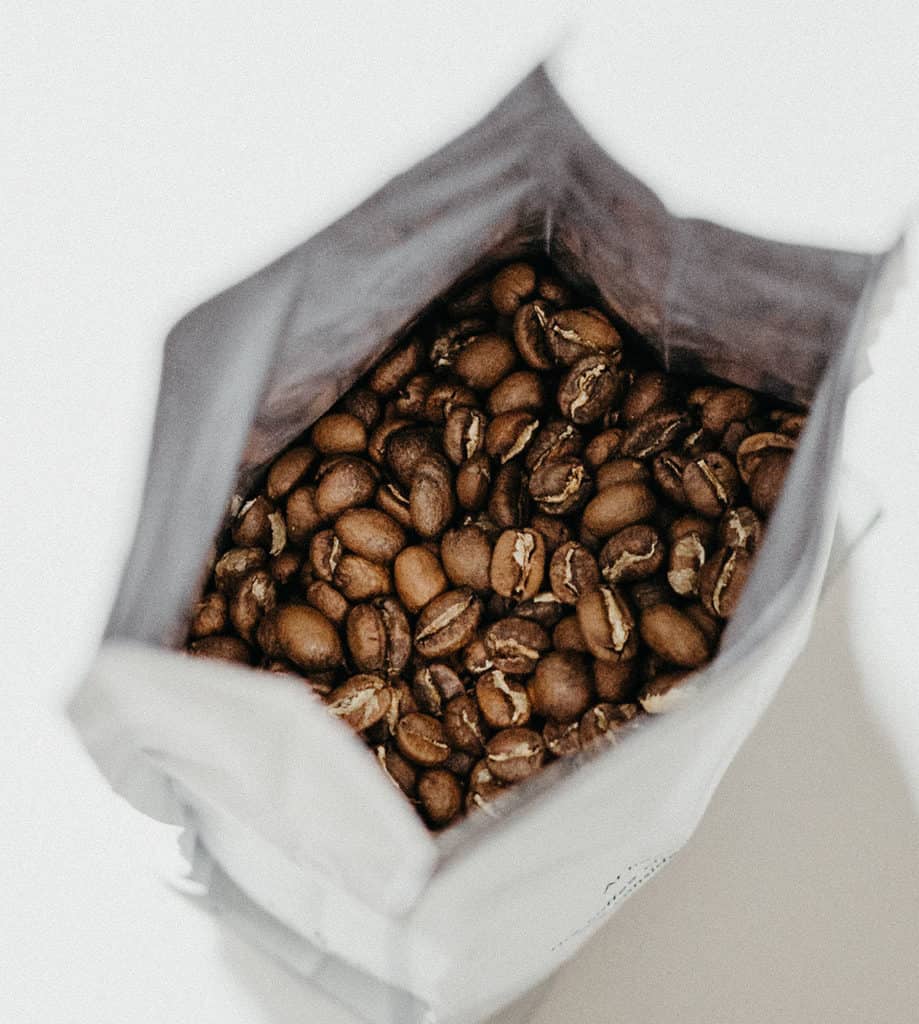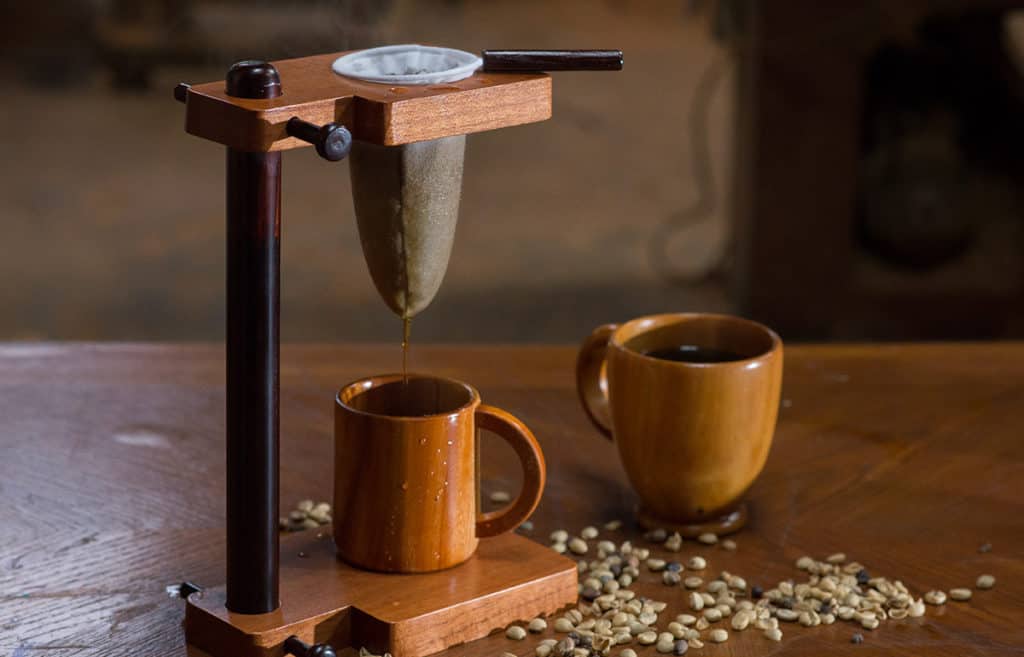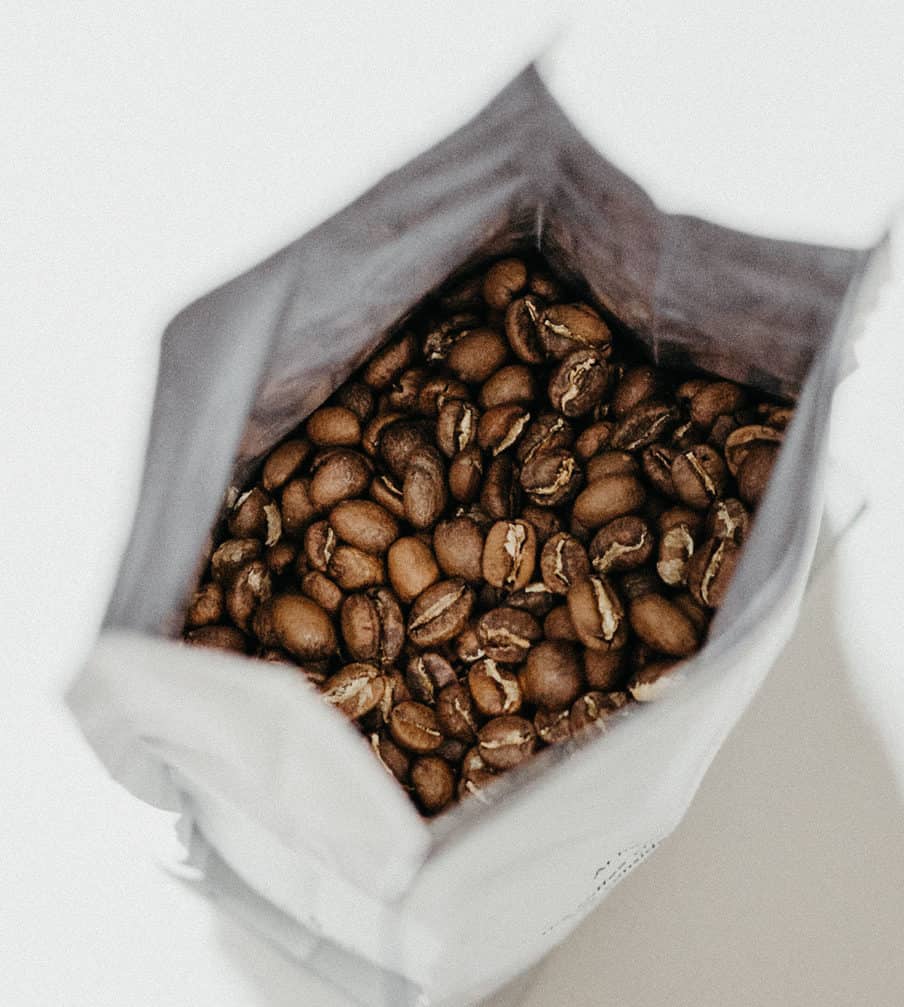
With its rainforests, diverse wildlife, and scenic landscapes, Costa Rica has drawn travelers for decades with its beauty. But beyond the sloths, surfing, and sandy beaches lies another treasured offering drawing visitors and connoisseurs alike—exquisite Costa Rican coffee. Known for its bright acidity, creamy body, and varied flavors, Costa Rican coffee is widely loved.
What makes it so special, and how did it develop its distinct story? Grab a fresh cup as we explore the volcanic soils, microclimates, processing methods, and dedicated growers shaping these beans.
A Rich History Rooted in the Golden Bean
Coffee arrived in Costa Rica in the late 1700s, likely from Ethiopia via the Caribbean. By the 1820s, it had become the nation’s economic backbone, earning the nickname “grano de oro” (golden bean). The government offered land grants to farmers, spreading coffee across the fertile Central Valley.
This growth fueled infrastructure, including railways and ports, and funded cultural landmarks like the National Theatre in San José. By the mid-19th century, Costa Rica was a top coffee exporter, with small-scale farmers leading production.
Today, Costa Rica produces about 1.5 million 60-kilogram bags annually, a modest output compared to giants like Brazil. The focus is on quality, not quantity. The Costa Rican Coffee Institute (ICAFE), founded in 1933, regulates the industry, maintaining high standards and supporting farmers.
Sustainable practices, like shade-grown farming and water-efficient processing, make Costa Rica a model for eco-friendly coffee production. Certifications like Fair Trade and Rainforest Alliance connect growers to markets across the globe while protecting biodiversity.
Volcanic Soils and Microclimates
Two mountain ranges run through Costa Rica, forming a backbone of volcanic peaks, including active ones like Arenal and Poás. These volcanoes enrich the soil with minerals and nutrients, giving Costa Rica’s Arabica beans—mainly Caturra, Catuaí, and heirloom Bourbon varietals—a unique character. Seasonal rains and well-drained soils add to this foundation, producing smooth, balanced cups with depth and complexity.
Altitude shapes flavor, with beans grouped into three terroirs:
- Low Altitude (below 3,900 feet): Grown in warmer areas, these beans have bold, earthy notes like chocolate and nuts.
- Middle Altitude (3,900–5,900 feet): These beans balance acidity, body, and sweetness, often with citrus and caramel flavors.
- High Altitude (above 5,900 feet): Cooler temperatures produce delicate beans with floral, fruity, and berry notes, valued for their complexity.
Microclimates and soil differences within these zones create varied flavors. Tarrazú’s high-altitude beans burst with juicy berry and citrus acidity, while Alajuela’s middle-altitude lots offer honeyed sweetness. Regions like Tres Ríos, Naranjo, and Brunca add their own profiles, from chocolatey depth to tropical fruit brightness.
Below is a table summarizing the flavor profiles of Costa Rica’s main coffee-growing regions:
| Region | Altitude (feet) | Flavor Profile | Intensity (1-10) |
|---|---|---|---|
| Tarrazú | 5,900–6,900 | Berry, citrus, bright acidity | 8 |
| Tres Ríos | 3,900–5,900 | Chocolate, caramel, balanced | 7 |
| Naranjo | 3,900–5,900 | Nutty, citrus, medium body | 6 |
| Alajuela | 3,900–5,900 | Honey, stone fruit, sweet | 5 |
| Brunca | 2,600–3,900 | Tropical fruit, wine-like | 7 |
Processing Methods: Creating the Perfect Cup
How coffee cherries are processed after picking shapes their flavor. Costa Rica uses two main methods, each suited to different tastes:
- Washed (Wet) Process: Cherries are pulped to remove fruit, then fermented and washed before drying. This brings out clean, bright acidity and clear flavors like citrus, chocolate, or nuts. Classifications like Strictly High Grown (SHG) and High Grown (HG) often use this method, with Tarrazú and Tres Ríos offering crisp, classic profiles.
- Natural (Dry) Process: Whole cherries dry in the sun before milling, boosting fruit-forward notes. Labeled “Natural” or “Gold Honey,” these beans have bold flavors like berry, tropical fruit, or wine-like sweetness. Brunca and the Northern Zone excel here, appealing to those seeking adventurous tastes.
A hybrid “Honey” or semi-washed method balances the two, leaving some fruit mucilage on the bean during drying for a sweeter, rounded flavor. Costa Rica’s modern mills use eco-friendly tools like depulpers and solar dryers to save water and maintain quality.
Small Farms, Big Impact
Unlike large-scale commodity coffee, Costa Rica’s industry relies on small, often family-run farms. ICAFE says 86% of production comes from farms under 12 acres, with over 40,000 growers involved. These farmers focus on quality, hand-picking ripe cherries and using careful methods. Their work earns high scores, often above 90 points, in Cup of Excellence competitions.
From father-and-son teams in Acosta preserving heirloom varietals to female-led cooperatives in Orosi gaining attention, the stories behind the beans connect with people. Direct trade lets roasters and baristas trace single-origin lots to specific farms, ensuring fair pay. Visitors to places like Naranjo or Doka Estate can meet growers, tour farms, and see sustainable practices like shade-grown canopies and organic composting.
Sustainability: A Model for the Future

Costa Rica led the way in ecotourism, and its coffee industry reflects this care for the environment. Growers use shade-grown farming to protect wildlife habitats. Water-saving tools, like mechanical demucilagers, cut environmental impact, while certifications like Rainforest Alliance promote fair wages and conservation. Many farms reinvest profits into community projects, like schools or clean water systems, strengthening coffee’s role in local life.
ICAFE supports these efforts with research into climate-resilient varietals and sustainable methods. As climate change challenges coffee growing globally, Costa Rica’s mix of tradition and innovation makes it a leader in ethical farming.
Raising the Bar: Coffee Culture and Tourism
In San José, baristas compete for national titles, showcasing Costa Rican beans through pour-overs, AeroPress, and espresso. A cherished tradition is the chorreador, a simple wooden stand holding a cloth filter, or “sock,” for brewing. Hot water poured over coarsely ground coffee produces a smooth, full-bodied cup that brings out the bean’s natural flavors. Often served with fresh tortillas or gallo pinto, the chorreador reflects Costa Rica’s rustic coffee roots. Visitors can try it at farm tours or markets like San José’s Mercado Central.
The Costa Rica Cup of Excellence promotes sustainable coffee tourism, inviting people to visit producing regions. Foodies can take bean-to-bar chocolate tours, sip cold brew with growers, or learn about varietals at estates like Doka or Café Britt. Specialty cafés across the globe feature Costa Rica’s single-origin beans, with roasters highlighting regional differences.
From local cafetines serving chorreador coffee to experimental baristas using natural-processed lots, the passion for quality shines. Costa Rica’s coffee culture blends heritage and innovation, inviting everyone to enjoy its story.
A Cup Like No Other

Arabica coffee began in Ethiopian forests, but centuries in Costa Rica’s volcanic soils and biodiverse shade have created a distinct profile. These beans offer a creamy body with berry sweetness or citrus brightness, far from the mossy notes of their origins. Costa Rica showed small, high-altitude farms in Latin America could produce top-quality beans, sparking demand for premium estate coffees.
Coffee lovers, roasters, and cafés seek Costa Rican harvests for their balance and depth. Tasting beans from Tarrazú, Orosi, or Tres Ríos feels like sampling wine terroir, with top lots earning high scores. Whether from a small family farm or a rare micro-lot, these beans carry drinkers to cloud forests and villages where traditions grew, bean by bean.
Brewing the Perfect Costa Rican Coffee
To enjoy Costa Rica’s flavors at home, pick fresh, single-origin beans and a brewing method that matches their profile. For tradition, use a chorreador with medium coarse ground Tarrazú beans to highlight citrus and chocolate notes. Or try a pour-over for washed Tres Ríos beans or a French press for natural-processed Brunca lots to bring out fruity depth. Grind just before brewing, use water at 195–205°F, and aim for a 1:16 coffee-to-water ratio. Store beans in an airtight container away from light and heat to keep them fresh.
A Legacy in Every Sip
As you have a cup of Costa Rican brew, whether from a chorreador or a modern brewer, you taste a history as rich as its flavors—one shaped by volcanic ash, seasonal rains, and growers perfecting their craft. From Tarrazú’s berry-toned brightness to Alajuela’s honeyed warmth, each cup ties coffee lovers to a lasting legacy. Costa Rica’s focus on quality, sustainability, and community makes its coffee a rewarding experience for both the palate and the planet. The proof of this excellence lies in your cup, inviting you to enjoy the story, bean by bean.

